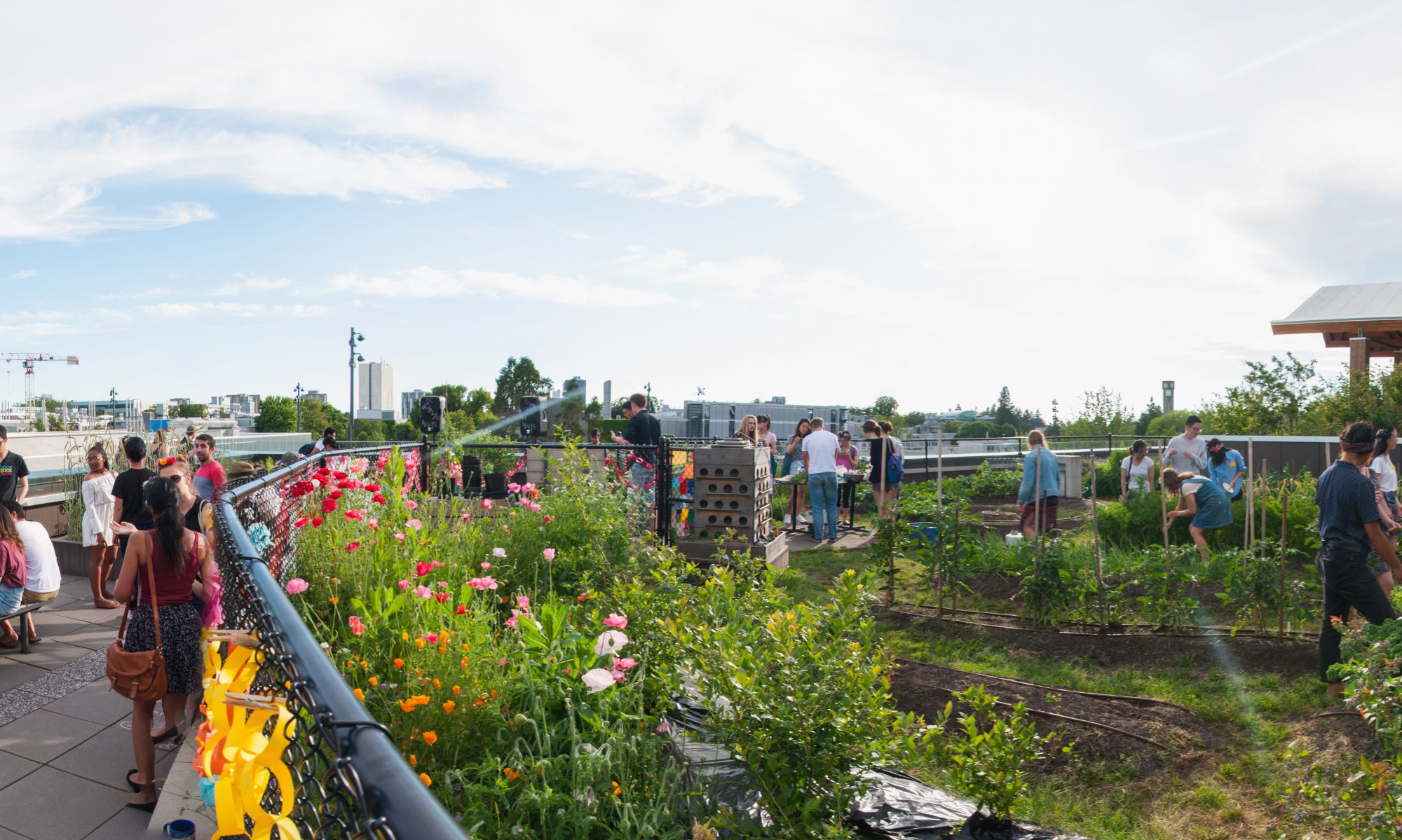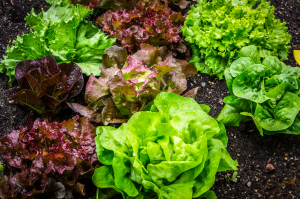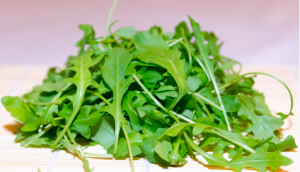These two cool season crops have very similar growing requirements, so we’ve listed them together. They need soil pH between 6.0 to 6.8 and full sun, but can tolerate partial shade. Nursery starts are popular, but you can also grow from seed. Amend the soil with compost or a high nitrogen fertilizer prior to planting for the best results. Direct sow seeds 5mm (¼”) deep in groups of 3 to 4 seeds when soil temperatures rise to 10-30°C (50-85°F). Once the seeds germinate (typically after 7 to 10 days) and take hold, thin them to the strongest sprouts until the plants are spaced 45-60cm (18-24″) apart. You can also start your seeds indoors 5 weeks before the last spring frost and transplant them as soon as the ground is workable for a head start on the season. Keep planting seeds from early spring until mid summer for rolling harvests. Begin harvesting leaves from the bottom when the plants are 5-8cm (2-3″) tall, and allow them to regrow. It will take approximately 2 months for the plants to reach maturity. Any plants that survive the winter will produce flowers the next spring, which are edible. You can either eat them or allow them to mature and harvest the seeds. Kale and collard greens are a wonderful choice for container growing and will do well in planters. Good companion plants to kale and collards include dill, mint, rosemary, and sage. Do not plant them near the nightshades.
Spinach
Spinach is a cool season crop that likes an acidic soil between pH 6.0 and 6.5. Spinach prefers full sun, but can tolerate partial shade. Because it requires 6 weeks of cool temperatures between seeding and harvest, it can be grown as a spring or a fall crop, but rarely a summer crop. When exposed to long days and warmth, the plants will bolt and form bitter leaves. For robust growth, amend the soil with compost, then direct sow seeds 1cm (1/2″) deep 4 weeks before the last frost. For a rolling harvest, continue sowing seeds until 3 weeks after the last frost. Plant 10 seeds per 30cm (12″) in rows 30-45cm (12-18″) apart. Give 7 to 14 days for the seeds to germinate. Once the sprouts begin growing leaves, thin them to 5-8cm (2-3″) between plants. You could also sow seeds indoors for transplanting, but direct sowing this crop is usually easier. In some zones with mild winters, spinach can be planted mid August, cut to soil level before frost, and then will come back the next spring. Start harvesting leaves as soon as the plants are established well enough to grow them back. Spinach will grow nicely in containers as well.
Lettuce
Lettuce is an easy cool season crop to grow, and is a favorite of hydroponic and container gardeners. This plant does best in soil pH 6.0 to 6.5 and full to partial sun. In mild regions, you may be able to grow lettuce year round. Buy nursery starts, or direct sow seeds 5mm (¼”) deep every 3 weeks after the last frost date for continual harvests. Give the seeds 7 to 15 days to germinate. Thin the leafing sprouts to 30cm (12″) apart space rows by 45-90cm (18-36″). If you want to continue growing lettuce in the summer after temperatures rise above 22°C (72°F), sprinkle the seeds in a damp paper towel, wrap it in a plastic bag, and place in the fridge for a few days until the seeds begin to sprout. Once they’ve been pre sprouted, sow the seeds into the ground. They will need cold temperatures to germinate, but once they do can tolerate warmer weather. Start harvesting leaves as you need them once the plants are robust enough to grow back. Plant lettuce with beets, brussel sprouts, broccoli, cabbage, carrot, celery, cucumber, dill, garlic, onions, radish, squash, and strawberries.
Arugula
You can buy seedlings from the nursery or direct sow seeds as soon as the soil is workable in the spring. Sow seeds 5mm (¼”) deep with rows 45-60cm (18-24″) apart and allow 4 to 8 days for germination. Continue sowing every 3 weeks for a rolling harvest. As the sprouts mature, thin them to 10-15cm (4-6″) apart. You can also start seeds indoors 2 to 4 weeks before the last frost if you really love arugula and want a head start on the season. The plants will take 4 weeks to reach maturity, at which point you can harvest the leaves as you need them.





